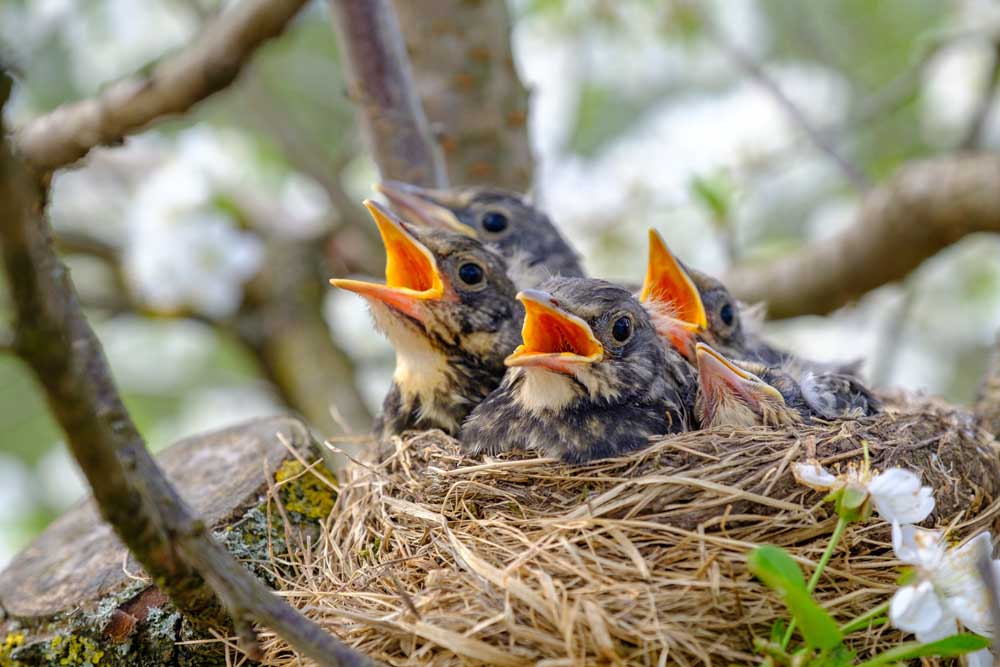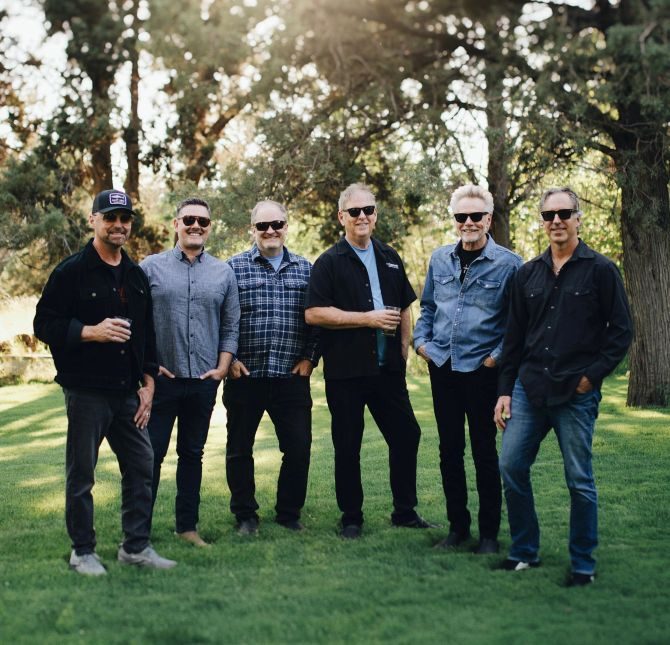Gardening corner: Encourage migrating birds to seek shelter in your yard
Published 4:00 am Sunday, April 2, 2023

- Shelter for birds can mean several things. It can be a safe place to nest and raise their young. It can be a safe roosting place at night or a quick retreat when threatened by a predator.
In the fall we focus on providing food and water for migrating birds. During winter the focus is on water, if possible, and food sources for the birds tough enough to stay and share winter with us.
Along comes spring and birds start returning. When we take a moment and look outside, especially these past few weeks, we realize the landscape is quite barren of natural resources. What can we do in addition to continue providing food and water to be more supportive in their return?
Resident and migratory birds, like all creatures, have three basic needs: water, food and shelter or cover. Focusing on those needs will help make our landscapes friendlier at any time of the year.
Shelter for birds can mean several things. It can be a safe place to nest and raise their young. It can be a safe roosting place at night or a quick retreat when threatened by a predator. It does not mean installing a series of bird houses or nesting platforms. It does mean rethinking our spring clean-up with practices that are in place year-round. The end result will be that we are building a friendlier, bird-supported landscape.
Gardeners are known for taking the “deep cleaning” approach in the spring trying to rid the landscape of every last bit of uninvited vegetation that crept in over the winter months, or maybe some of the annuals you purposely left in place. This is a good sanitation method to reduce disease risk, but we don’t have to throw all the debris into the compost pile or the trash.
We can find an out-of-the-way corner to pile the material making a mini-brush pile. Perhaps behind a tall shrub or an area that isn’t in your direct line of sight. It shouldn’t be massive, consider it a birds’ convenience store. The birds will poke through the pile for food, nesting material, or may even take shelter there. To stop the wind, weigh down the material with several light weight larger branches.
Last spring a robin built her nest in the branches of the honeysuckle which is on a trellis. The nest is at eye-level outside a favorite window. It was a fascinating building process to watch, but an even greater thrill was watching the eggs hatch and babies grow. If you have had an opportunity to view a robin’s nest you will note the nest isn’t the neatest structure. They do deserve credit for the mud collecting, the twigs, grasses, sometimes scraps of paper, string or even a piece of cloth. Birds will even pull fibers from old plant stems to weave into their nests.
Many migrating birds are insectivores so the timing of their migration is synchronized with the growing abundance of insects for their food source. You may have watched birds gleaning insects off the bark or foliage of trees and shrubs. That alone should make us more mindful of not using pesticides and insecticides. We need to ask ourselves, “Is this treatment important to the health of the plant or will it just make me feel better about the appearance of the plant?”
While many birds feast on insects we should also think ahead to the seed eaters. Make a list now of the annuals or perennials you can grow over the summer that will provide forage for late summer, fall and even into winter. We automatically think of sunflowers and their beautiful flower heads and bountiful seed source that are cut and stored for a winter seed source. Seed heads of the zinnia can also be cut and stored for a winter seed source or left in place.
Central Oregon chapter of OSU Master Gardeners 2023 Spring Gardening Seminar is accepting registration for classes on Saturdays April 8, 15 and 22. For more info go to https://gocomga.com/classes-and-events. Classes are online and recorded so you can view at your convenience.








